If you have hardwood floors in your kitchen, you know that they are a beautiful and expensive investment. It is important to take steps to protect them from damage, especially if you cook often. In this Definitive Guide, we will answer common questions about how to protect hardwood floors in the kitchen. We will provide useful tips and advice on what products to use, how to clean your floors properly, and more!
Why are Hardwood Floors Popular?
Hardwood is a type of wood that comes from angiosperm trees. Angiosperm trees are flowering plants that produce seeds inside of fruits or nuts. Some examples of hardwood trees include maple, oak, and mahogany.
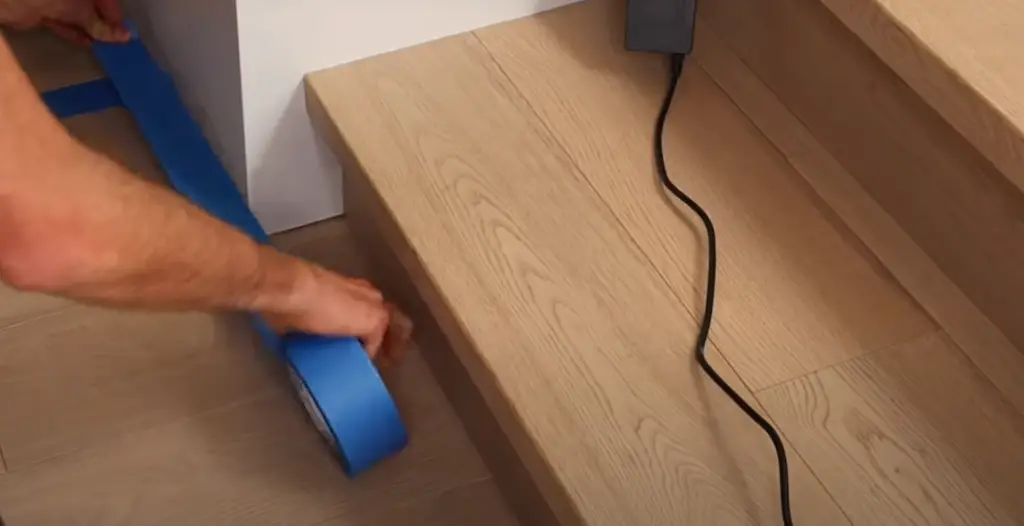
Hardwood floors are made from planks of these types of woods, and they are often used in homes and businesses. There are several reasons as to why hardwood floors are so widely used.
For the warmth the provide
One reason why hardwood floors are popular is because they provide a warm feeling to a room. Hardwood floors are often used in homes to give the living room or dining room a cozy feeling. They can also be used in businesses, such as restaurants, to give the establishment an inviting atmosphere.
Hardwood floors also feel soft and comfortable underfoot. This is another reason why they are popular in homes, as they provide a level of comfort that other flooring options, such as tile or linoleum, cannot match.
For the elegant look they provide
Another reason why hardwood floors are popular is because they give a room an elegant look. Hardwood floors can make a room look more sophisticated and luxurious. They are often used in high-end homes and businesses to create an upscale appearance.[1],[6]
Why Hardwood Floors in Kitchen Require Extra Care
While hardwood floors are popular for the reasons described above, they do require extra care when used in the kitchen. This is because the kitchen is a room in the home that sees a lot of activity. They can be susceptible to damage from water, spills, and dropped dishes. That’s why it’s important to take some extra steps to protect your hardwood floors from damage. Below we will discuss all the potential risks to hardwood floors in the kitchen.
Moisture and water damage
Water is one of the biggest enemies of hardwood floors.
This can lead to serious damage that is expensive to repair.
Kitchen floors are especially vulnerable to water damage because they’re often exposed to spills, dropped dishes, and other sources of moisture. If too much moisture seeps into the wood, it can cause the floor to buckle and rot.
Heat and moisture
Kitchens are one of the most likely places in your home for heat and moisture damage to occur. The combination of cooking, dishwashing, and spills can easily cause hardwood floors to warp or expand.
Spills
From the juice of a dropped orange to the oil splashes, spills are one of the most common causes of damage to hardwood floors. If not cleaned up quickly, spills can seep into the wood and cause staining or discoloration.
High foot traffic
While hardwood floors are durable, they can be susceptible to damage from high foot traffic. If you have a lot of people walking on your floors, it can cause the wood to scratch or dent. Even if the floors are kept clean, the constant foot traffic can wear down the finish and make the floors look dull. Hardwood floors can also be scratched by chair legs, pet nails, and other sharp objects.
Dirt accumulation
One of the main problems with kitchen floors is that they can get very dirty, very quickly. Even if you’re diligent about sweeping and mopping, dirt and dust will inevitably accumulate on the surface of your floors. And you definitely don’t want all that dirt and grime getting ground into your hardwood floors!
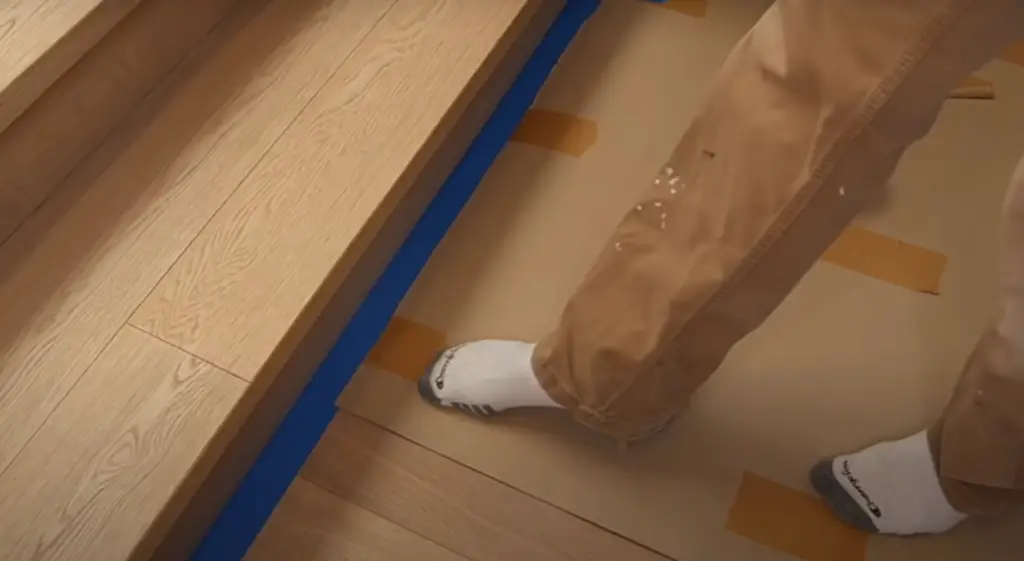
Dust and dirt can easily damage the finish of hardwood floors and even cause the wood to become stained. In addition, if it stays for too long it can become tough to clean and will require special cleaners.
Food crumbs
Kitchen is the place where food is prepared, so no wonder that crumbs are one of the most common problems when it comes to hardwood floors in this room. When food is dropped on the floor, it can leave behind crumbs that can damage the protective finish of the floor.
Another problem caused by food is grease. Grease can build up on your floors and make them slippery. Grease stains are also very difficult to remove. [2],[3]
How to Protect Your Hardwood Floor in the Kitchen
Now that we’ve discussed all the risks to hardwood floors in the kitchen, let’s talk about how you can protect your floors. Below are some tips that will help you keep your hardwood floors in pristine condition.
Clean the floor diligently
The first and most important step in protecting your hardwood floors is to keep them clean. This means sweeping or vacuuming regularly to remove dirt, dust, and debris. It’s also important to mop the floor occasionally with a damp mop to pick up any missed dirt and grime. You shouldn’t dampen the mop too much however, as too much water can damage the wood.
When cleaning your hardwood floors, it’s important to use gentle cleaners and soft brushes. Harsh cleaners and abrasive scrubbing can damage the finish on your floors, leaving them susceptible to scratches and other damage.
Instead of using harsh cleaners, opt for mild soaps or special hardwood floor cleaners. You can find these at most hardware stores. When sweeping or mopping, use a soft-bristled brush or mop head to avoid scratching the floor.
If you have a spill, it’s important to clean it up immediately. The longer a spill sits on the floor, the greater the risk of damage. Keep a dry paper towel or a mop handy to soak up any spills quickly.
In addition to regular cleaning, you should also consider getting your hardwood floors professionally cleaned every few years. A professional cleaner will have the tools and knowledge necessary to deep clean your floors without causing any harm. [1],[2],[3],[4],[5]
Check for the leaks regularly
Another way to protect your hardwood floors is to check for leaks regularly. This is especially important if you have any appliances in your kitchen that use water, such as a dishwasher or refrigerator. If you notice any leaks, it’s important to fix them immediately. The longer a leak goes unaddressed, the greater the risk of water damage to your floors. [1]
Utilize mats and rugs
Mats and rugs are your best friend when it comes to protecting hardwood floors. Place mats at all entrances to your home to help trap dirt, dust, and debris before it has a chance to make its way onto your floors.
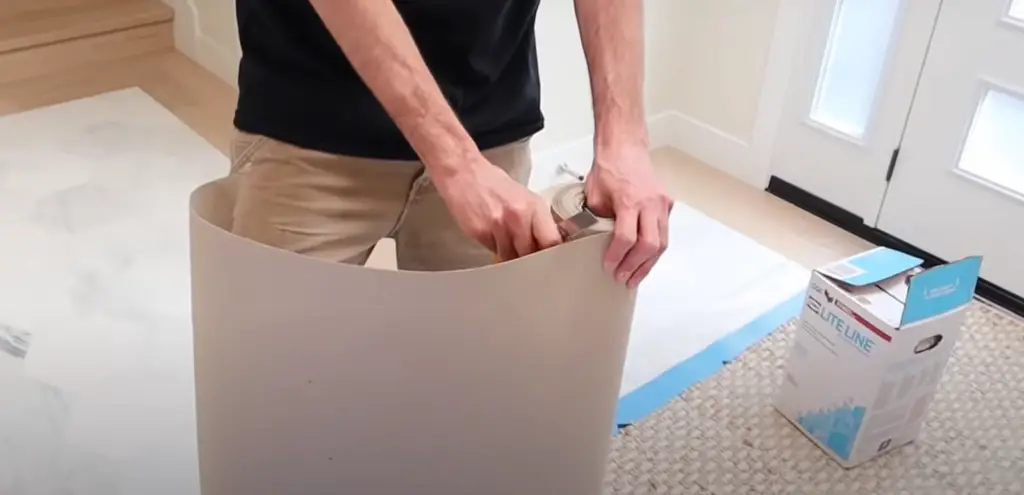
It’s also a good idea to place mats or rugs in high-traffic areas, such as in front of the sink or stove. This will help reduce wear and tear on your floors and keep them looking like new for longer.
Use non-slip mats and rugs to prevent slips and falls. This is especially important if you have young children or elderly family members living in your home. [4]
Utilize furniture pads
One of the simplest ways to protect your hardwood floors is to use furniture pads. These pads are placed under the legs of chairs and tables and help to distribute the weight evenly. This prevents dents and scratches from forming in your hardwood floors.
Another benefit of furniture pads is that they can help reduce noise.
Furniture pads are relatively inexpensive and can be found at most hardware stores. It’s best to opt-in for felt furniture pads as they’re the softest and will do the best job of protecting your floors. Just be sure to select the right size pad for your furniture legs. [1],[3]
Seal your hardwood floor
Sealing your hardwood floors is one of the best things you can do to protect them.
It protects against spills, stains, dirt, dust, and debris. Sealing your floors will also make them easier to clean and help prevent stains from setting in.Most hardwood floors come with a pre-sealed finish, but it’s always a good idea to apply an additional layer of sealant for extra protection. You can find sealants at most hardware stores. Be sure to follow the manufacturer’s instructions carefully when applying the sealant to your floors.
Apply recoating regularly
Besides sealer, another great way to protect your hardwood floors is to apply a protective finish or recoat them regularly. This will help to fill in any scratches or wear and tear that has occurred over time. It will also create a barrier against spills and stains.
The best way to protect your hardwood floors is to apply a recoating polyurethane product regularly. A recoating product is a clear finish that will help to protect your floors from scratches, stains, and dirt. You should apply a recoating product every year, depending on the amount of traffic in your kitchen. If you have a lot of foot traffic in your kitchen, you may need to apply a recoating product more often.
To apply a recoating product, simply follow the instructions on the packaging. It’s important to both clean and sand your floors before applying the recoating product to ensure that the product adheres properly and provides the best possible protection for your hardwood floors.
Once you’ve applied the recoating, you should wait at least 24 hours before walking on your floors. This will give the recoating time to dry and harden.
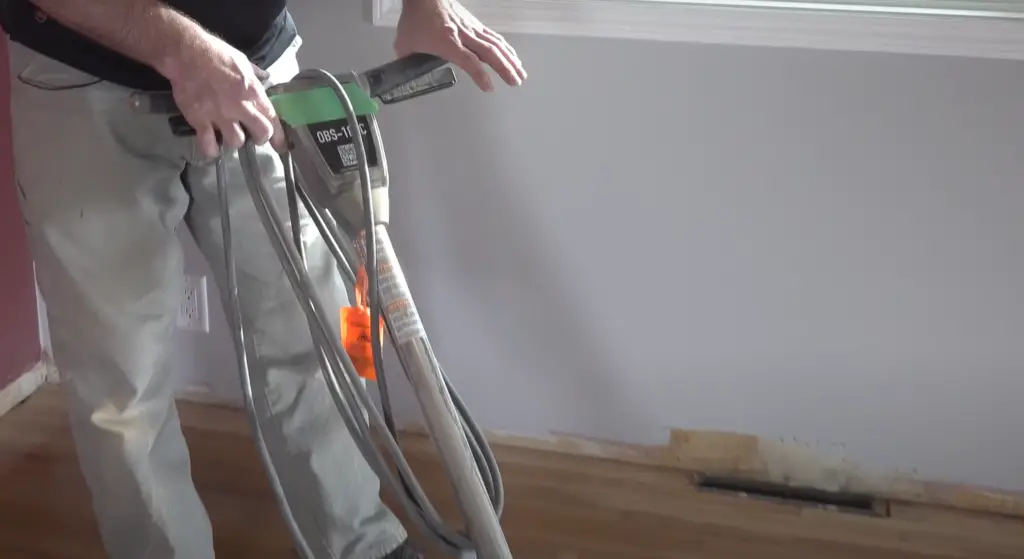
After you’ve applied the recoating, you’ll need to take care of your floors as you would any other hardwood floor. You should sweep or vacuum your floors regularly to remove dirt and debris. It’s best to minimize the traffic for the first week after applying the recoating to give it time to fully dry and harden. [1],[4],[7]
Preserving Hardwood Floors in the Kitchen: Essential Tips
Hardwood floors add warmth and elegance to a kitchen, but they require special care and protection due to the high traffic and potential for spills and scratches. Below, we provide crucial tips and measures to protect hardwood floors in the kitchen, ensuring their longevity and maintaining their beauty.
| Aspect | Information |
|---|---|
| Rugs and Mats | Place area rugs and mats in high-traffic areas, near sinks, and in front of the stove to capture dirt and prevent scratches. |
| Chair Pads | Use felt or rubber chair pads on furniture legs to prevent scratches and gouges when chairs are moved. |
| Regular Cleaning | Sweep or vacuum regularly to remove dirt and debris that can scratch the floor’s surface. |
| Microfiber Mops | Use microfiber mops or damp mopping methods to clean the floor gently without excessive moisture. |
| Spill Cleanup | Clean up spills immediately to prevent water damage or stains on the hardwood. |
| Area Rugs | Consider using area rugs or runners in the kitchen to protect high-traffic areas further. |
| Area Rug Pads | Use rug pads under area rugs to prevent them from slipping and potentially scratching the floor. |
| Furniture Moving | Lift heavy furniture when moving it instead of dragging it to prevent surface scratches. |
| Cleaners | Use hardwood-specific cleaners or a mixture of vinegar and water for routine cleaning. |
| Resealing | Periodically reseal or refinish the hardwood floor to maintain its protective coating. |
Explanation of the Table:
- Rugs and Mats: Recommends using rugs and mats in key areas to prevent scratches.
- Chair Pads: Advises using chair pads to protect the floor from chair legs.
- Regular Cleaning: Emphasizes regular sweeping or vacuuming to remove debris.
- Microfiber Mops: Suggests using microfiber mops for gentle cleaning.
- Spill Cleanup: Stresses the importance of quick spill cleanup.
- Area Rugs: Discusses the use of area rugs in the kitchen.
- Area Rug Pads: Recommends rug pads to prevent slipping.
- Furniture Moving: Advises lifting furniture instead of dragging it.
- Cleaners: Recommends suitable hardwood floor cleaners.
- Resealing: Highlights the need for periodic resealing or refinishing.
By following these essential tips and precautions, you can protect your hardwood floors in the kitchen, ensuring they remain a stunning and durable feature of your home for years to come.
FAQ
Can I wax hardwood floors?
Yes, you can wax hardwood floors, but it’s not necessary. Waxing provides a temporary protective coating and gives the floor a shine. If you do wax your hardwood floors, use a clear or colorless wax.
Waxing is not necessary if you have polyurethane or another type of durable finish on your hardwood floors. However, if your floors are unfinished or have an older finish that is starting to wear down, waxing can help extend their life.
Is hardwood flooring OK for the kitchen?
Hardwood flooring can be used in the kitchen but there are some important things to keep in mind. First, hardwood is a natural product so it can be damaged by water and spills if not properly sealed or protected. Second, hardwood floors are susceptible to scratches from chairs, pets, and high traffic.
How do you maintain hardwood floors in the kitchen?
The best way to maintain hardwood floors in the kitchen is to regularly sweep and vacuum them. You should also avoid walking on them with dirty or wet shoes. If you spill something on the floor, be sure to clean it up immediately.
In addition, you can protect your hardwood floors by placing mats or rugs in areas where there is a lot of foot traffic. This will help to absorb some of the impact and prevent dirt and debris from being tracked onto the floor.
How do I protect my kitchen floor from water?
The best way to protect your kitchen floor from water is to buy a mat that will absorb any spills. You can also put a rug in front of the sink and dishwasher to catch any drips.
Another way to protect your floors is to make sure you wipe up any spills right away. Water can damage hardwood floors if it is left sitting on the surface for too long. So, if you do have a spill, be sure to clean it up immediately.
You should also avoid putting potted plants on your hardwood floors. Water can leak out of the pots and onto the floor. If you want to have plants in your kitchen, consider using hanging baskets instead.
What are the best rugs or mats to use on hardwood floors in the kitchen?
Opt for rugs or mats with non-slip backing to protect hardwood floors in the kitchen. Look for options made of materials like rubber or felt to prevent scratches and provide cushioning. Make sure to regularly clean and shake out these mats to prevent debris buildup.
Are there any specific cleaning products I should avoid on hardwood kitchen floors?
Avoid using harsh cleaning products like ammonia or abrasive cleaners on hardwood kitchen floors. These can damage the finish and the wood itself. Instead, stick to pH-neutral hardwood floor cleaners recommended by the flooring manufacturer.
How can I prevent furniture and appliances from scratching my hardwood kitchen floor?
To prevent scratches, use furniture pads or felt protectors on the legs of chairs, tables, and appliances in the kitchen. These pads distribute weight and reduce the risk of scratches when items are moved.
What should I do if I spill liquids on my hardwood kitchen floor?
If you spill liquids, especially water, on your hardwood kitchen floor, immediately blot the area with a clean, dry cloth or paper towel. Ensure no moisture is left behind to prevent damage to the wood. For other spills, use a hardwood-approved cleaner if needed.
How can I protect hardwood floors in the kitchen from heavy foot traffic?
To protect your hardwood floors from heavy foot traffic, consider placing area rugs or runners in high-traffic areas. These rugs will absorb some of the wear and tear, reducing the impact on your hardwood flooring.
What precautions should I take when moving heavy kitchen appliances on hardwood floors?
When moving heavy appliances like refrigerators or ovens, use appliance gliders or furniture sliders to minimize friction and prevent scratches. Always enlist the help of others to safely move these items without damaging your hardwood floors.
How often should I refinish or reseal my hardwood kitchen floors for protection?
The frequency of refinishing or resealing hardwood floors depends on usage and wear. As a general guideline, consider refinishing every 3-5 years, or when you notice signs of wear, such as dullness, scratches, or areas where the finish has worn away.
What’s the best way to prevent water damage to hardwood kitchen floors near sinks or dishwashers?
To prevent water damage near sinks and dishwashers, use waterproof mats or trays designed to catch any spills or leaks. Regularly inspect the area for signs of moisture and address any issues promptly to protect your hardwood floors.
How can I safeguard hardwood floors in the kitchen from pet-related damage?
To protect hardwood floors from pet-related damage, keep your pet’s nails trimmed and place rugs or mats in areas they frequent. Also, promptly clean up any pet accidents to prevent moisture from seeping into the wood and causing damage.
Useful Video: How to Protect Hardwood Floors (Ram-board)
Conclusion
Kitchen flooring is a big decision. You want something that looks great and is durable. While hardwood floors may be the perfect choice for your home, you need to take into account the risks it will be exposed to on a daily basis. Luckily, with a proper care routine and some preventive measures, you can keep your hardwood floors in a great condition.
Regular cleaning and maintenance will go a long way in preserving your floor’s beauty and lifespan. If you’re looking for an easy way to keep your floors clean and protected, consider re-coating and sealing them on a regular basis and using furniture pads to protect against scratches and dings. By following these simple tips, you can enjoy your beautiful hardwood floors for years to come. Thanks for reading!
References:
- https://www.bobvila.com/articles/wood-flooring-in-a-kitchen/
- https://www.aafloors.ca/how-to-protect-and-maintain-hardwood-flooring-in-your-kitchen/
- https://www.rpswholesaleflooring.com/3-best-tips-for-protecting-hardwood-floors-in-your-kitchen/
- https://www.thespruce.com/hardwood-kitchen-flooring-1314994
- https://www.washingtonpost.com/home/2021/10/08/hardwood-floors-how-to-clean/
- https://www.signaturecustomflooring.com/10-reasons-why-hardwood-floors-are-the-way-to-go/
- https://www.hgtv.com/design/remodel/interior-remodel/wood-flooring-finishes-make-a-difference/





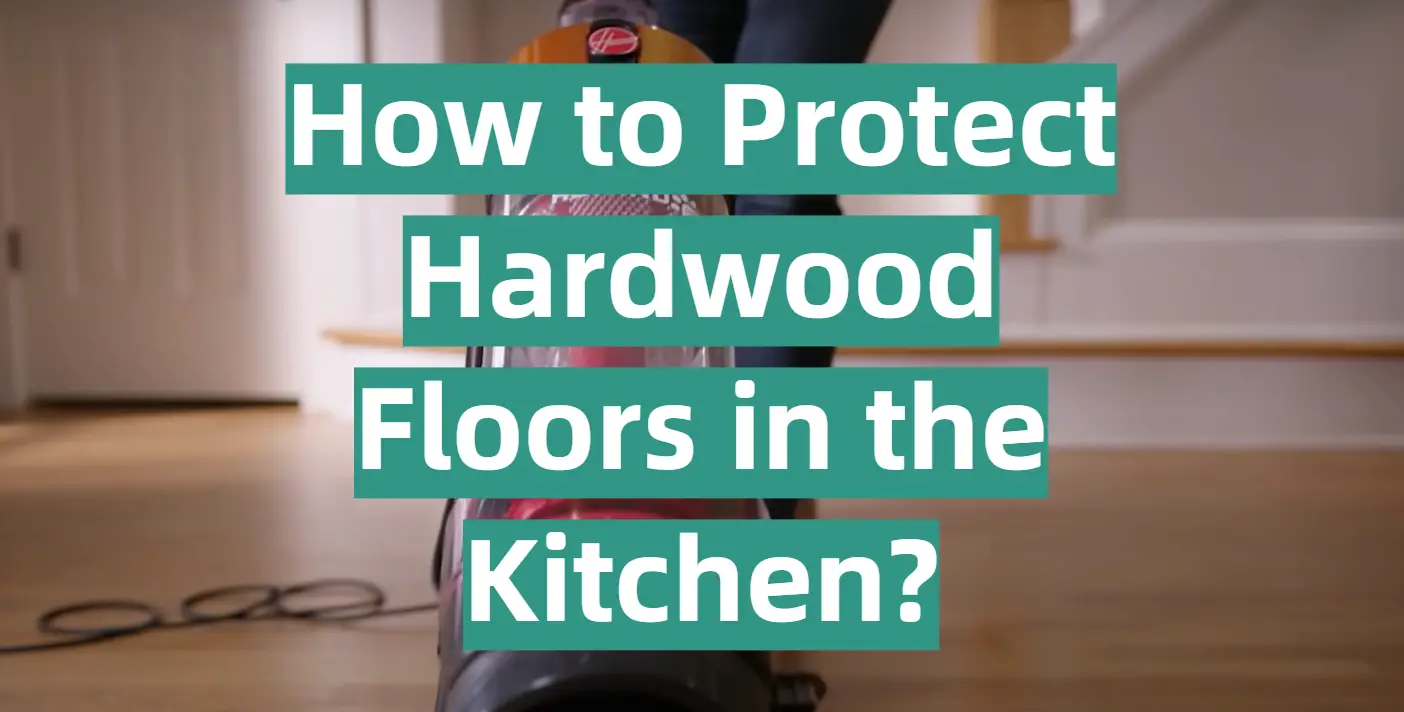




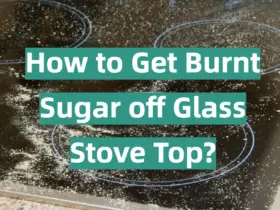
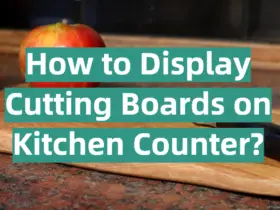

Leave a Reply